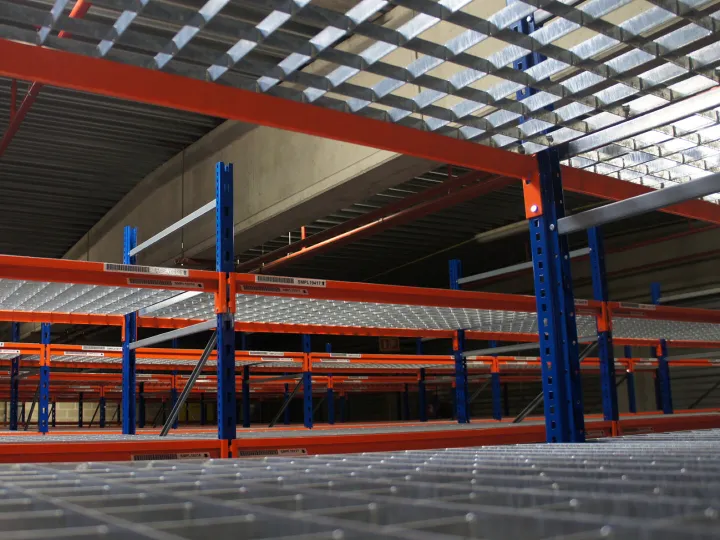Fireproof coatings explained
The need for fireproof coatings
In industrial safety, fire protection is a legal necessity, not an optional extra. Protecting your assets, infrastructure, and personnel from fire hazards is a legal obligation for all businesses, regardless of location.
Fireproof coatings , often overlooked during the initial design or renovation phase, form an integral part of a comprehensive fire safety plan. These specialised products do far more than add a layer of paint; they delay structural failure during a fire, giving occupants time to evacuate and emergency responders time to act.
What exactly are fireproof coatings?
Technically referred to as intumescent or fire-retardant coatings, these materials are engineered to react under high heat. Intumescent coatings expand when exposed to temperatures exceeding 200°C, forming a thick, insulating layer that helps prevent steel or timber structures from reaching their critical failure temperatures.
Fire-retardant paints, by contrast, chemically resist ignition and slow the spread of flames on surfaces like plasterboard, wood, or composite panels. Both types are subject to rigorous testing under British and European standards, including BS EN 13381-8 for intumescent coatings on structural steel and BS 476 for surface spread of flame classifications. Choosing a coating that's properly certified is essential, not just for effectiveness but also for legal compliance and insurance validation.
Legal compliance and building regulations
British building codes are unambiguous about fire protection. Under the UK's Regulatory Reform Fire Safety Order , the responsibility for fire safety sits squarely with the building owner or operator. That includes ensuring passive fire protection is in place, such as fire doors, compartmentation, and coatings.
Suppose your site features exposed steel beams or timber-framed mezzanines. In that case, you may be required to coat these surfaces with intumescent materials that achieve a specific fire resistance duration (e.g., 30, 60, or 90 minutes).
Equally important is proper documentation. Local authorities and insurers often require certification from approved contractors, confirming both the product and its application meet required standards. It's not just what you use, it's how and by whom it's applied.
Application matters so get it right
Here's where quality commercial painting contractors make the difference. Applying fireproof coatings isn't like slapping on regular emulsion. It requires controlled conditions, measured thicknesses (often using a wet film gauge), and strict adherence to manufacturer specifications. Too thin, and the coating won't offer sufficient protection; too thick, and it may crack or flake over time.
Professional contractors frequently use airless spray equipment for even application on steel or timber substrates. Surface preparation, which includes cleaning, priming, and sealing, plays a crucial role in ensuring long-term adhesion and optimal performance. Following application, most fire protection coatings require on-site testing and inspection before final sign-off.
Looking beyond the obvious
Architects and property managers often worry about the appearance of fireproof coatings. However, modern intumescent systems offer decorative topcoats for colour matching and smooth finishes, maintaining safety while enhancing aesthetics, particularly in public spaces such as retail stores, schools, and restaurants.
Maintenance is equally important. Over time, exposure to moisture, impacts or cleaning chemicals can degrade fire protection. Periodic inspections should be scheduled, especially in high-traffic or high-risk environments, to ensure continued compliance and safety. Where damage is found, touch-up or reapplication should be carried out by certified professionals.

